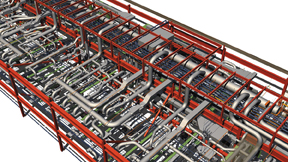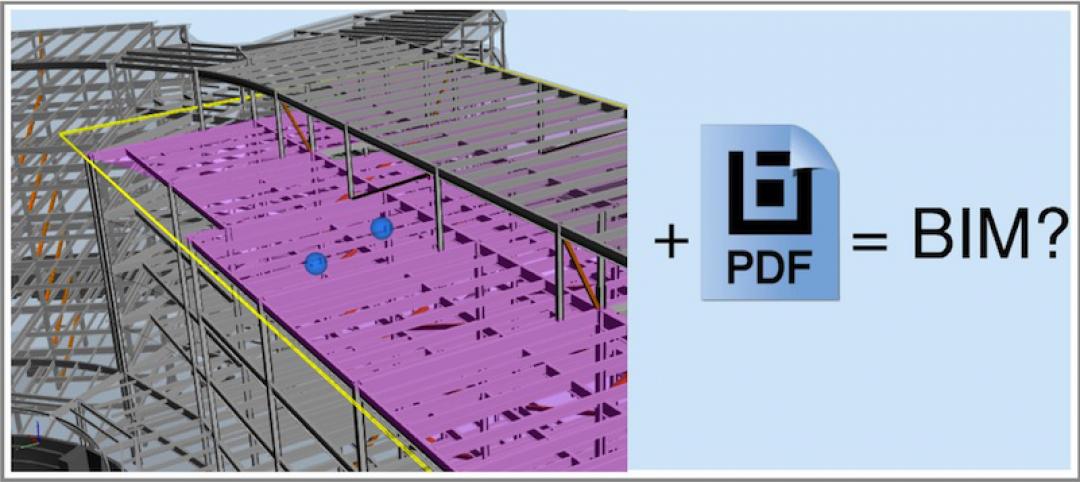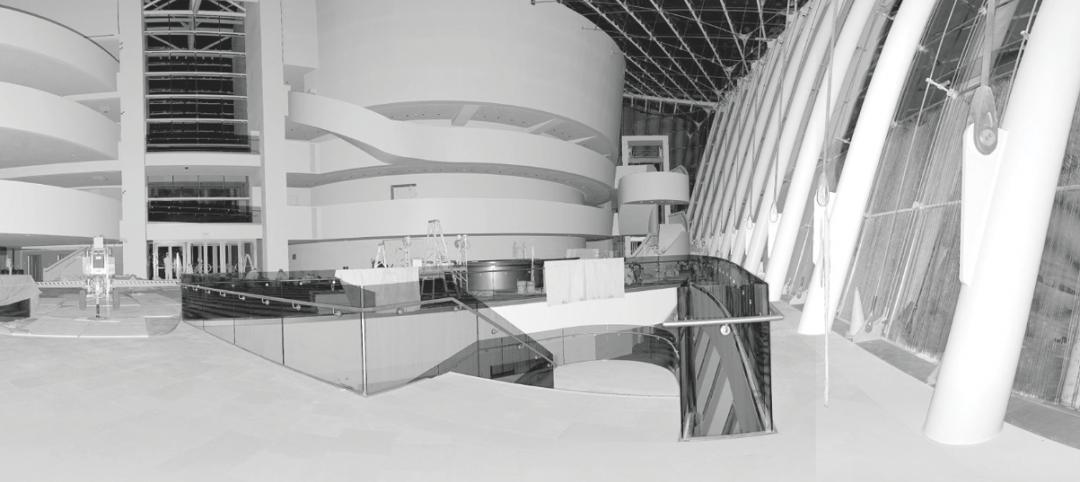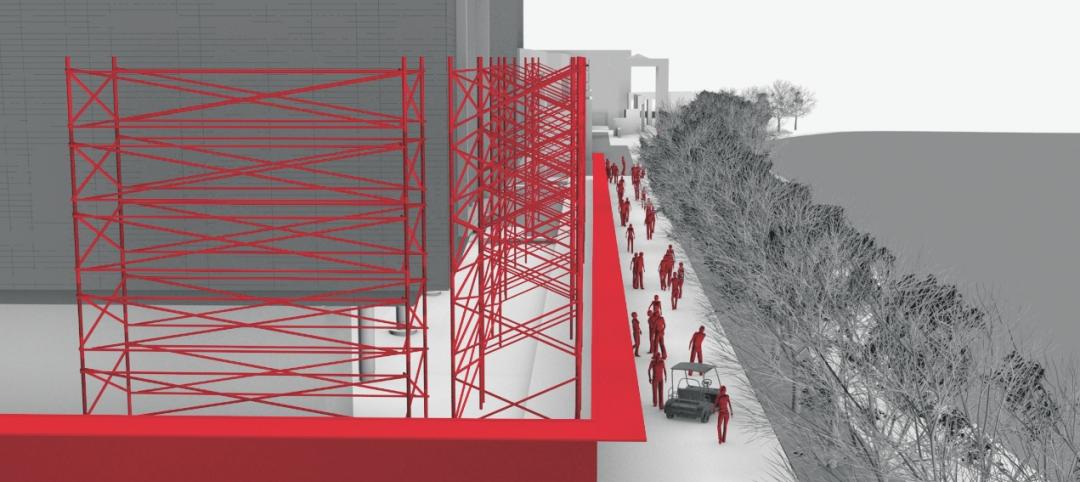For many of us who have participated in the rapid growth of BIM, It is tempting to see it as just one more technology development in the project delivery process, but its real impact is quickly accelerating beyond that. More accurately, the growth of BIM is heralding a true disruption in the construction industry. It is transforming markets, and revolutionizing expectations.
In fact, it is increasingly apparent that BIM fits a well-known pattern familiar to business scholars, a pattern known as disruptive innovation and made famous by Harvard Business School professor Clayton Christensen in his best-selling book The Innovator’s Dilemma.
In innovation theory, a disruptive technology is one that creates entirely new “value networks”––a combination of capabilities and expectations––for a given process or technology.
For example, 2D CAD simply computerized the production of drawings. Before CAD, designers produced drawings; after CAD, we still produced drawings, just differently and with more flexibility. CAD was a “sustaining technology”––something that simply improved an existing market proposition.
BIM also started out as a sustaining technology, as many disruptions do. The notion was that 3D models would be an efficient way to produce 2D documents, the next evolution of CAD enhancement. But it quickly morphed to a point where the model created brand new value networks: clash detection, quantity takeoffs, field BIM, direct fabrication, energy analysis––and, ultimately, BIM models as a store of myriad facility information.
Enter the Contractor: BIM becomes VDC
The disruptive growth of BIM has been largely due to the unanticipated interest contractors would take in the technology, and in this respect it is clearly a “new market disruption” in the terminology of disruption. By any measure, contractors have grasped the power of BIM with far more vigor than design professionals, who tend to see it as sustaining, and have failed to perceive its disruptive trajectory. Contractors looked at BIM models and immediately understood how they could be used for virtual design and construction (VDC) tasks.
Many leading design firms have come to realize that BIM’s disruption means developing new ways to work with savvy contractors and owners. At our firm, design teams now routinely exchange BIM files with contractors during and after design for purposes that are entirely unprecedented in our previous experience.
Further fueling the disruption, many savvy clients now contractually require that we work closely with the contractor and owner on BIM development and file exchange. Penn State University, for example, has some of the most detailed and well-developed processes for designers and contractors in BIM implementation.
The rumblings of disruption were becoming apparent to our firm almost as soon as contractors first learned we were creating BIM files. One of our first structural BIM projects was (somewhat hesitantly) transferred to the contractors so they could use it to quantify the lengths of steel members for a mill order. It proved useful, but it was unfamiliar to us, and a first brush with the emerging uses of BIM.
Since then we have become accustomed to our clients (both private and governmental) making BIM submission a requirement. Somewhere along the way, we began to realize that expectations were changing dramatically. It is now relatively routine for the BIM files to get substituted or supplemented with subcontractor 3D fabrication files for on-site, real-time coordination.
Enter the Owner: BIM in Real Time
More recently, another development has increased the pace of disruption-––the addition of the owner to the BIM design process. Smart owners quickly began to realize how these information-rich 3D models could be useful as an active decision-making tool during construction, and then used as stores of information for facility operations purposes. Many adopted detailed protocols for how BIM should be used on their projects.
In a subsequent development, our firm has begun to experience owners now sitting in on the fast-track design for a large high-tech facility and expecting to see 3D models they can query at any point. Our design team sits with the owner, contractor, and facility personnel to review BIM models in real time as they develop. This is a huge departure from our previous workflow, where owners received progress paper sets, carefully controlled for output. Now the process is open, active, and raw.
Embrace the Strange
For those of us using BIM, it’s important to fully understand BIM as a disruption and avoid getting caught up comparing CAD and BIM software as two different, but comparable, approaches. Such a perspective would focus on BIM’s sustaining effects and totally miss its disruptive potential.
BIM shows all the signs of a classic market disruption, and like other disruptions its ultimate destination is not yet clear, except that it will certainly change markets and expectations.
Our best strategy is to embrace the full power of BIM, to recognize its disruptive potential, and to explore its power to address many of the issues we currently face as we attempt to reImagine design and construction. +
--
John Tobin is Director of Architecture at EYP Architecture & Engineering, Albany, N.Y.
Related Stories
High-rise Construction | Mar 16, 2015
NBBJ creates 'shadowless' skyscraper concept for proposed UK development
A team of architects from the London branch of NBBJ used computer algorithms to generate a dual-tower design that maximizes sunlight reflections to eliminate the buildings' shadows.
BIM and Information Technology | Mar 11, 2015
Google plans to use robots, cranes to manipulate modular offices at its new HQ
Its visions of “crabots” accentuate the search-engine giant’s recent fascination with robotics and automation.
Museums | Mar 5, 2015
A giant, silver loop in Dubai will house the Museum of the Future
The Sheikh of Dubai hopes the $136 million museum will serve as an incubator for ideas and real designs—a global destination for inventors and entrepreneurs.
BIM and Information Technology | Mar 4, 2015
Why China's CCTV building needed a WiFi retrofit
It took a year-long retrofit to get WiFi transmission issues solved at China's iconic skyscraper.
Energy Efficiency | Mar 4, 2015
DOE launches crowdsourcing website for technology innovators
The Oak Ridge National Laboratory launched a new crowdsourcing website called the Buildings Crowdsoucing Community to collect and share ideas by innovators for energy-efficient technologies to use in homes and buildings.
Sponsored | BIM and Information Technology | Mar 3, 2015
The great debate: Is 3D PDF really BIM?
You can pull apart buildings, cut through floors, and view simulated animation for assembly instructions all within a PDF.
BIM and Information Technology | Feb 23, 2015
9 best practices for effective laser scanning
JE Dunn’s National BIM Director, Trent Nichols, offers tips and advice for mastering the art of laser scanning.
BIM and Information Technology | Feb 10, 2015
Google's 3D scanning camera leaves the lab
Google is said to be partnering with LG to create a version of the technology for public release sometime this year.
BIM and Information Technology | Feb 8, 2015
BIM for safety: How to use BIM/VDC tools to prevent injuries on the job site
Gilbane, Southland Industries, Tocci, and Turner are among the firms to incorporate advanced 4D BIM safety assessment and planning on projects.
















